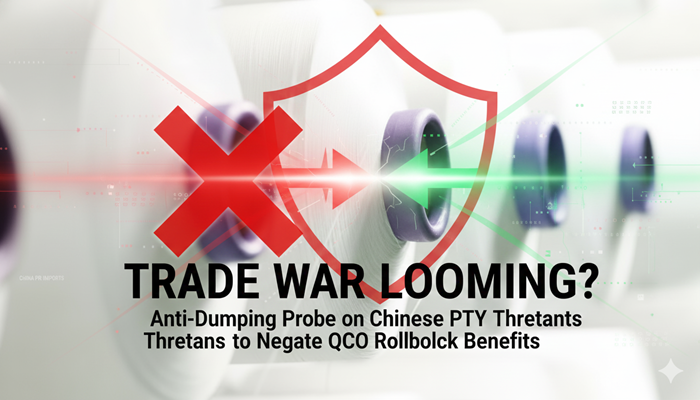Brands are publicly disclosing their supplier lists. Popular online fashion retailer ASOS is set to publish a list of the factories where it produces its own-brand products. Uniqlo has revealed the names and addresses of 146 of its core factory partners.
Earlier Adidas, Converse, H&M, Levi Strauss and H&M have published a list of their manufacturers. Adidas and H&M have published the names and addresses of sub-contractors or fabric/yarn suppliers. Publishing supplier lists is important because it helps NGOs, unions, local communities and even workers themselves to alert brands of any potential human rights and environmental issues in their supply chains. This sort of transparency makes it easier for the relevant parties to understand what went wrong, who is responsible and how to fix it.
Marks & Spencer published an interactive map of its suppliers in both food and clothing, which spans 53 countries and covers 1,229 factories employing 787,331 workers. Gap, C&A, VF (which owns more than 20 brands including The North Face, Timberland, Vans and Wrangler) have revealed the names and addresses of the factories that manufacture their clothing around the world.
The information brands provide varies widely. Some publish every factory where their clothes are manufactured. Others may only reveal a selected portion of their manufacturers, such as their core high-volume suppliers, factories located just in one country or only the factories the company owns.
Global apparel brands come clean on suppliers
Latest from FW
- The New Core Competency: How sustainability and advanced fabrics are driving India's activewear future
- New EU import rules set to raise prices for Shein and Temu, boosting European retailers
- Global apparel trade rebalances in 2025 as Europe rises, Asia stumbles: Wazir Advisors report
- Paris Pushes 'Green Shield': Mandating transparency to outflank fast fashion
- Zara double down on 'Phygital' monolith, opens flagship in Barcelona
- 1
- 2
- 3
- 4
- 5
- 6
- 7
- 8
- 9
- 10
The New Core Competency: How sustainability and advanced fabrics are driving Ind…
The SportTech Pavilion at Techtextil India, hosted by Concepts N Strategies, concluded with a unanimous declaration: for India to successfully... Read more
New EU import rules set to raise prices for Shein and Temu, boosting European re…
Europe’s fashion and textile scenario is on the verge of its most consequential structural shift in over a decade. The... Read more
Global apparel trade rebalances in 2025 as Europe rises, Asia stumbles: Wazir Ad…
As the global apparel economy enters the final quarter of 2025, trade flows across major markets reveal a sector facing... Read more
Tariffs, turbulence and tenacity, India’s textile sector finds new strength
India’s textile and apparel export sector is showing a remarkable capacity to adapt and thrive in one of the most... Read more
Profit with Purpose: Inside the 35% margin boom in upcycled fashion wholesale
The secondhand wholesale sector, once seen as the back end of fashion, is now leading a quiet revolution, one that... Read more
Inside Lululemon’s toughest year, tariffs, trend misses, and the fight to reigni…
For over a decade, Lululemon Athletica embodied everything the premium athleisure revolution stood for technical mastery, community-driven branding, and an... Read more
India's ‘Technical Textile’ sector 'Important for the World,' says Techtextil Di…
India is emerging as a global powerhouse in technical textiles, a growth recognized by the organizers of the world's leading... Read more
Anti-Dumping probe on Chinese PTY threatens to negate QCO rollback benefits
Just days after the Indian government withdrew Quality Control Orders (QCOs) on Polyester Textured Yarn (PTY) and other textile inputs... Read more
India's new ‘Labour Codes’ weave global compliance into apparel exports
The full implementation of India's four consolidated Labour Codes (The Code on Wages, The Industrial Relations Code, The Code on... Read more
Cotton’s fragile comeback, how the US-China truce is redrawing global fiber map
When Presidents Donald Trump and Xi Jinping announced a fragile peace in Busan last week, most of the attention in... Read more













